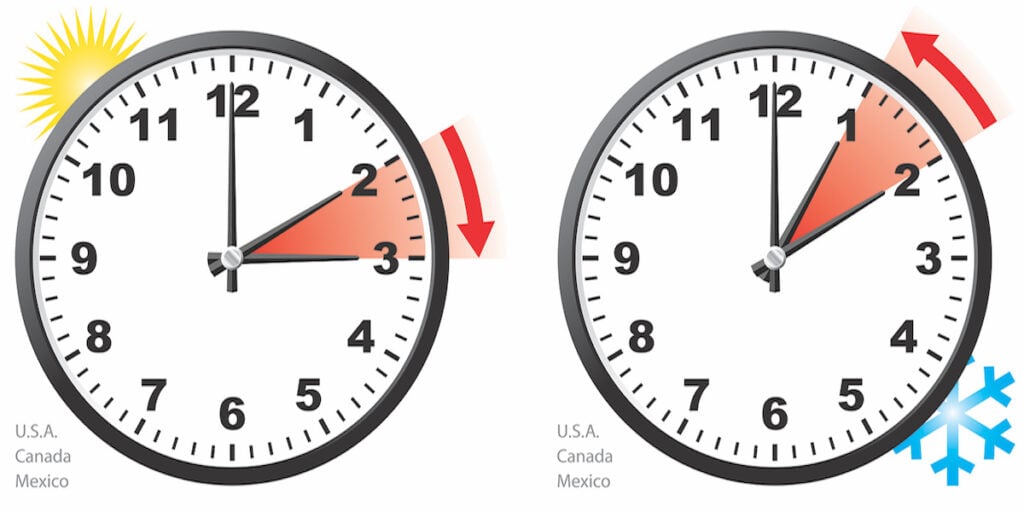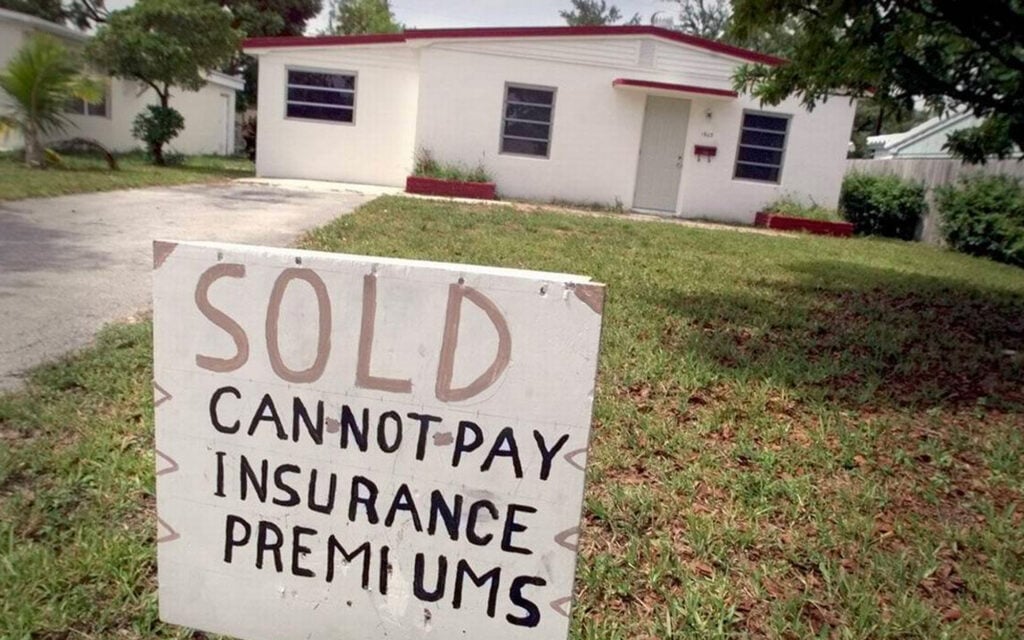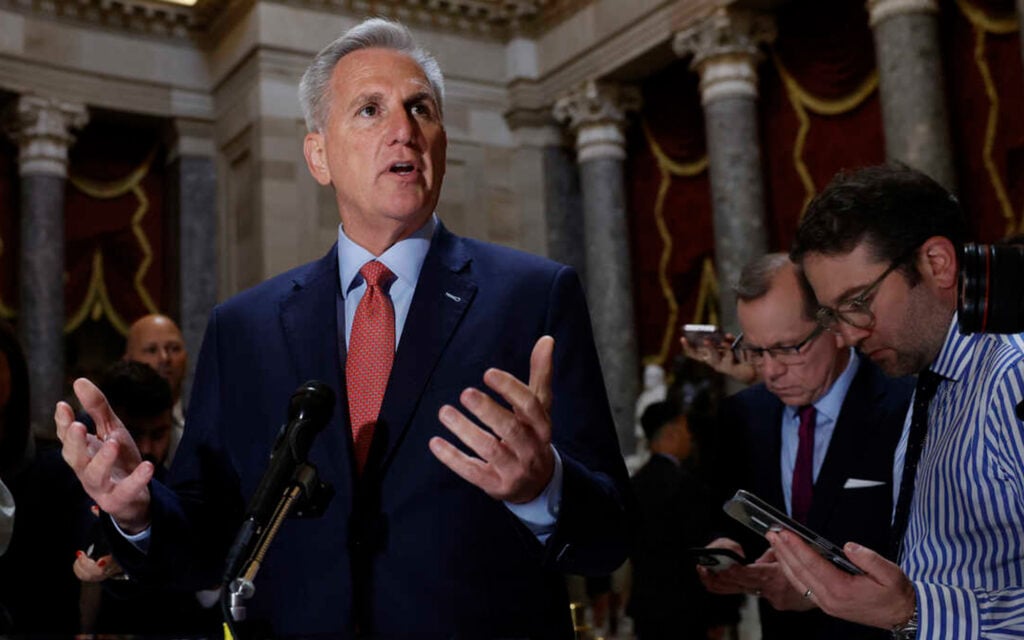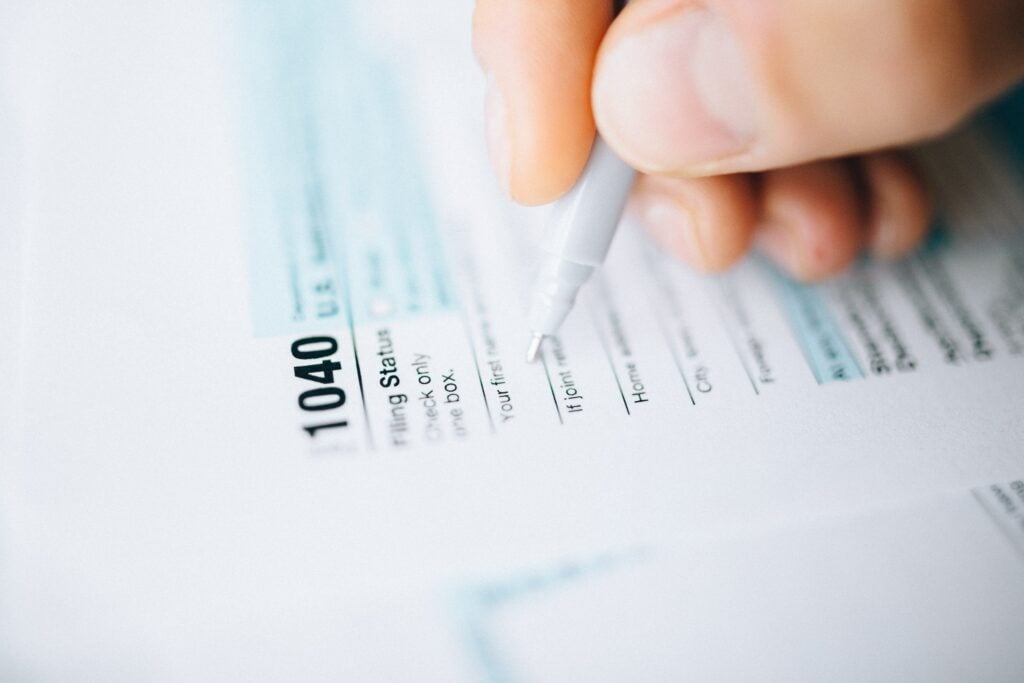Spring ahead, fall behind! Consider this your reminder that Daylight Savings Time ends on November 7th at 2am EST.
We’ve heard this phrase with reference to daylight savings time for as long as we can remember. Gaining an hour in the fall, and losing an hour in the spring, daylight savings time is a unique part of American culture, adjusting the time with the seasons in most places. But why exactly do we continue with this practice? What are its origins? Let’s dive in.
Daylight savings time originated as a means to save energy; by having the population wake up earlier in the morning during shorter daylight hours, they would be awake for less time in the dark. For years, the biggest supporter of daylight savings was the Department of Commerce. Eventually, it became an issue of retail and entertainment; more daylight waking hours meant more commercial sales opportunities.

But it’s not all cause for celebration across the country. In fact, many states are lobbying to end daylight savings time, citing no health benefits and needless disruptions to the circadian rhythms of people everywhere. Twice a year, almost everyone has to switch their normal routines to adjust to what their bodies perceive as a different time of day. Making the switch can take some people more than one night, like jet lag from traveling.
Currently, every state except Hawaii and Arizona recognizes and abides by the measure, but more and more states move to eliminate it each year. Modern criticisms cite the notion that people still consume energy through heating, cooling, driving, and electricity during this hour that was meant to reduce consumption of energy.
Is it time for daylight savings to go? On November 7th, you’ll have an extra hour to think about it.










